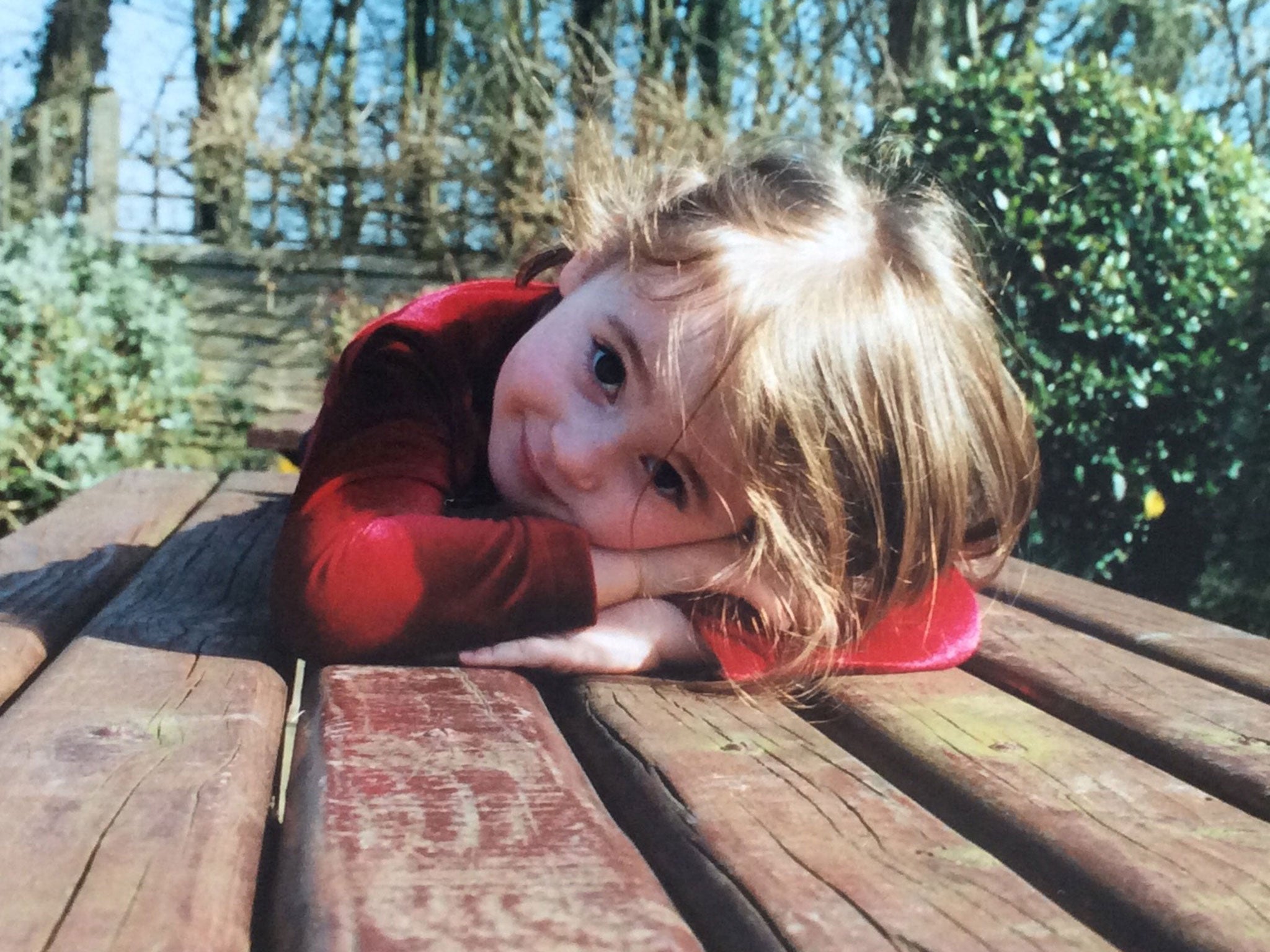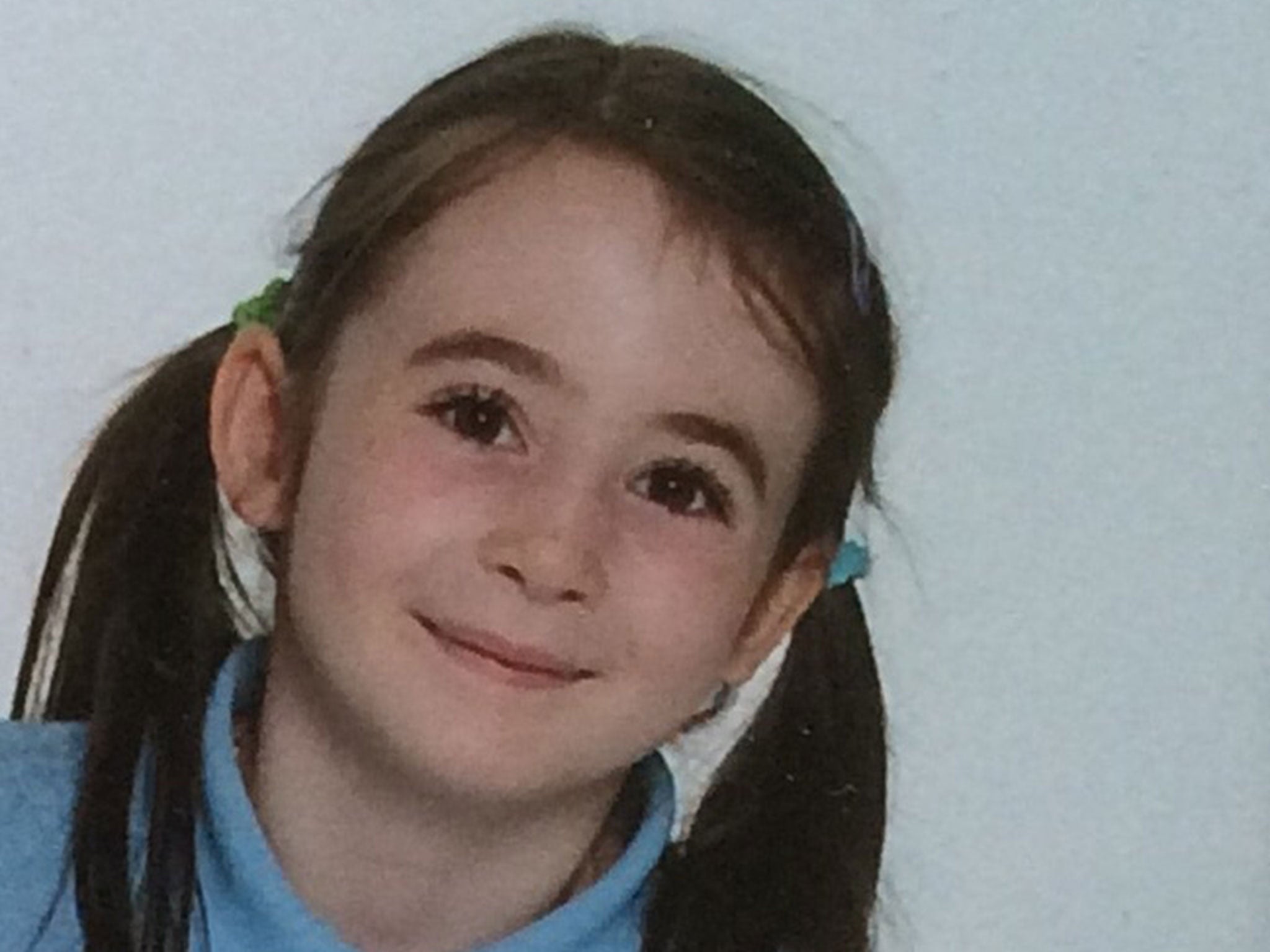Selective mutism: the common but misunderstood condition that leaves children unable to speak for years
One in 150 children are thought to experience the condition which can leave children unable to speak to people outside their family or immediate social circle for years

Today, Erin Grufydd seems to be a teenager like any other. The happy 17-year-old girl loves dancing and dreams of being a ballet teacher one day. But her childhood and adolescence have been marked by one important issue; she effectively didn’t speak for almost eight years.
Selective mutism is a little known and much misunderstood condition. It occurs in children and adolescents and denotes an extreme terror of speaking in front of most people. More than mere shyness or anxiety, it causes a child to experience such intense anxiety that they are utterly incapable of speaking to most people. Often they are still able to talk freely to family members or those with whom they are already very familiar and comfortable – but cannot beyond these immediate circles.
It most often begins in young children, frequently triggered when they begin to go to school or by a sudden trauma such as the death of a loved one or other traumatic event. It can linger for years or even decades, leaving them incapable of speech for the majority of their lives.
For Erin, starting nursery school aged three was the trigger. She explains: “It was a very large and strict school, and there were about 40 children in the class; being quite an anxious child I immediately froze to the spot and couldn't speak, or make any facial expression or eye contact with anybody for the entire day. I can remember the feeling of my throat constricting and closing up, and physically not being able to get the words out. I had no idea what selective mutism was, and couldn't understand why this was happening.”

It was an experience which was to last until secondary school. Erin explains: “It affected me until I was 11 years old. At my worst point, I couldn't speak to anyone except my close family, and then only if I could be certain that nobody else could hear. If we were in public I would cover my mouth with my hand and whisper really quietly into their ear.
“At first I was very miserable at school, but when I was six when I moved to a much smaller school. It was quiet and friendly, and everyone there was very supportive of me. I was given a whiteboard so that I could communicate with my teachers and friends, and they always made me feel included in everything. I was happy there, but still unable to speak or express myself fully which made me very frustrated.”

Unlike total mutism, selective mutism can often prompt accusations that children are ‘faking’ it as they are able to talk in some scenarios and simply need to try harder or ‘snap out of it’. However, for Erin, unsympathetic teachers only made matters worse: “My teacher misinterpreted this anxiety as stubbornness, and I was consistently punished for 'challenging behaviour'," she says. "On one occasion the teacher told my mum ‘I've never seen anyone like her in 20 years as a teacher, but I'll break her by the end of the year.’ Little did she know that the more I was pushed, the more I panicked, and it became harder and harder for me to speak.”
She says: “They would take me into a tiny storeroom to try to make me speak, and would take food out of my lunchbox to make me ask for it back, but I never could. They made me feel like it was my fault, which made me feel awful.”
Her parents heard about selective mutism from a TV programme and suddenly realised what the issue was. Once they had a name for the condition they were able to seek help and meet other families experiencing the same thing.

For Erin, dance became an essential outlet for self-expression in lieu of speech: “It just felt so amazing to be able to express myself, and to participate fully in something without the necessity of speaking! I loved the idea that, when you watched a ballet, everyone was meant to be quiet. The ballerinas could speak with their bodies.
“When I was dancing I felt totally at ease without the usual pressure, and as a result I was able to speak freely at my dance classes long before I could at school. To this day I still love to dance more than anything, and I hope to become a ballet teacher in the future.”
Erin slowly began to speak more in public in small but significant steps. By the age of 11 she was able to speak to classmates at school and by the time she got to secondary school she had recovered from the condition. Looking back she says: “By now I feel like a completely different person, and it's very strange, but also great to look back and see how much I've changed.”
The NHS estimates that one in 150 children are affected by selective mutism. This means that most primary schools will have a least one pupil with the condition. However, sufferers say that many schools fail to recognise the symptoms due to lack of awareness meaning that much needed early stage support is lacking.
Lindsay Whittington, co-ordinator and founding member of the Selective Mutism Information and Research Association (SMIRA) says: “While it’s thought to affect approximately 1 in every 150 children, Selective Mutism (SM) is relatively unheard of. No single cause of selective mutism has been established, though emotional, psychological and social factors may influence its development. In the past these children were thought to be manipulative or angry, but research now points strongly to social anxiety, similar to ‘stage fright’.
“Some of the signs or symptoms of selective mutism may include: an inability to make eye contact; nervousness; social awkwardness; an inability to initiate conversations; and a frozen and expressionless appearance during the periods of mutism. Some children with SM may also appear stubborn, but this is borne out of their need to control their anxiety levels, and some have a tendency to periods of aggression or tantrums in the home due to personal frustrations.”
For any parents who are concerned about a child, Ms Whittington suggests: “There may be a lot of children out there whose parents think they are just shy, but selective mutism is more than just normal shyness. It may become more apparent as the child reaches school age, when hopefully it is picked up by the teaching staff. Anyone who is concerned that their young child may be selectively mute should discuss their fears with either the school, their Health Visitor or GP.”
To find out more about Selective Mutism, visit www.smira.org.uk
Join our commenting forum
Join thought-provoking conversations, follow other Independent readers and see their replies
Comments